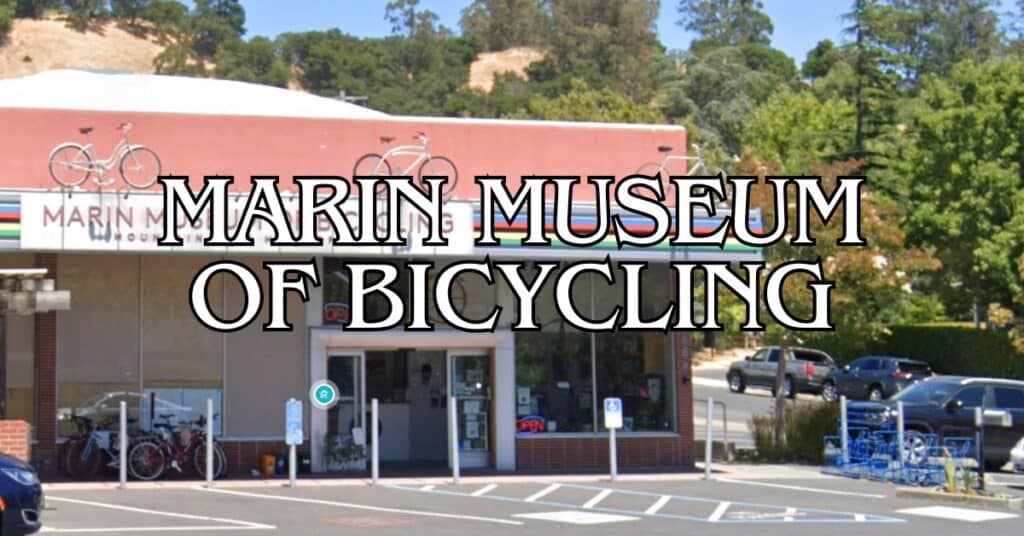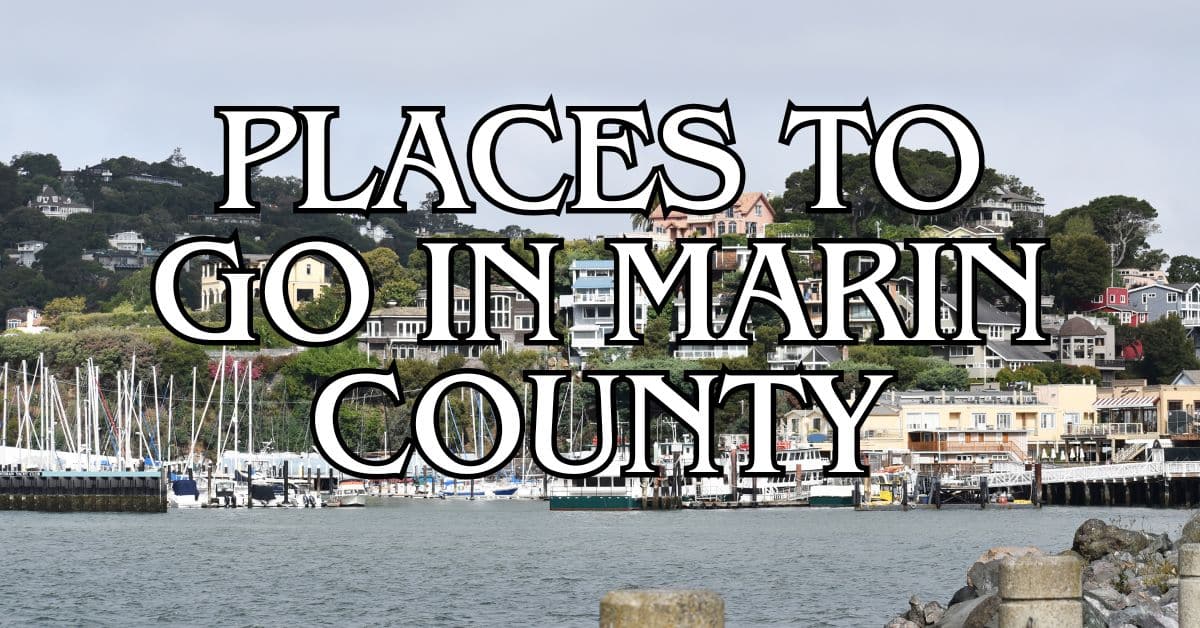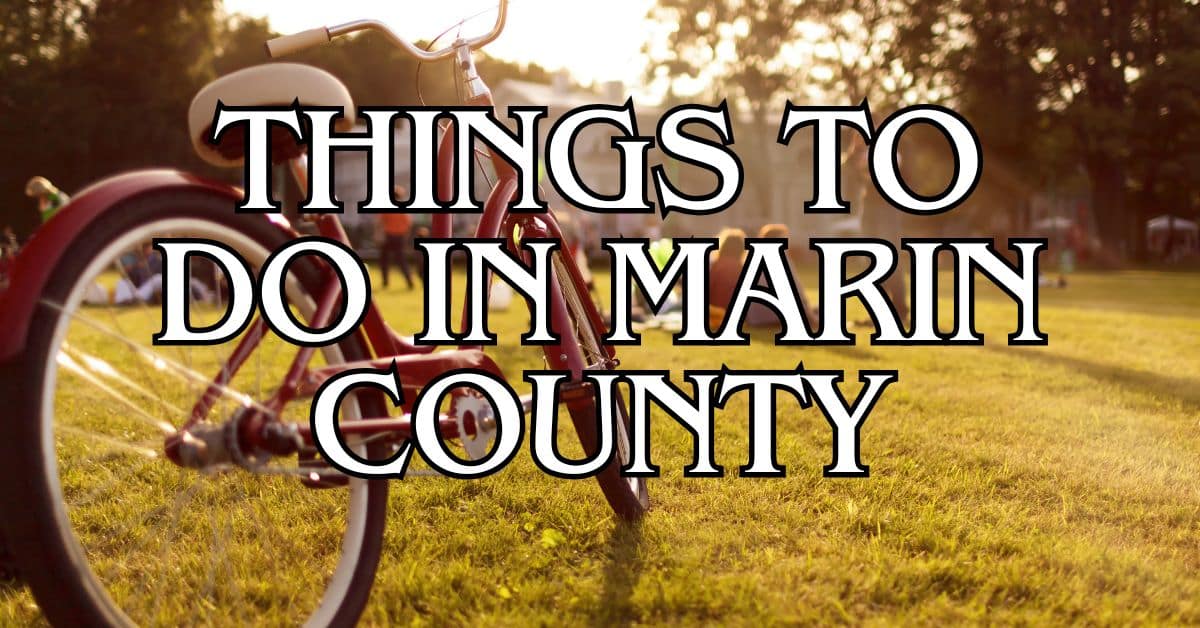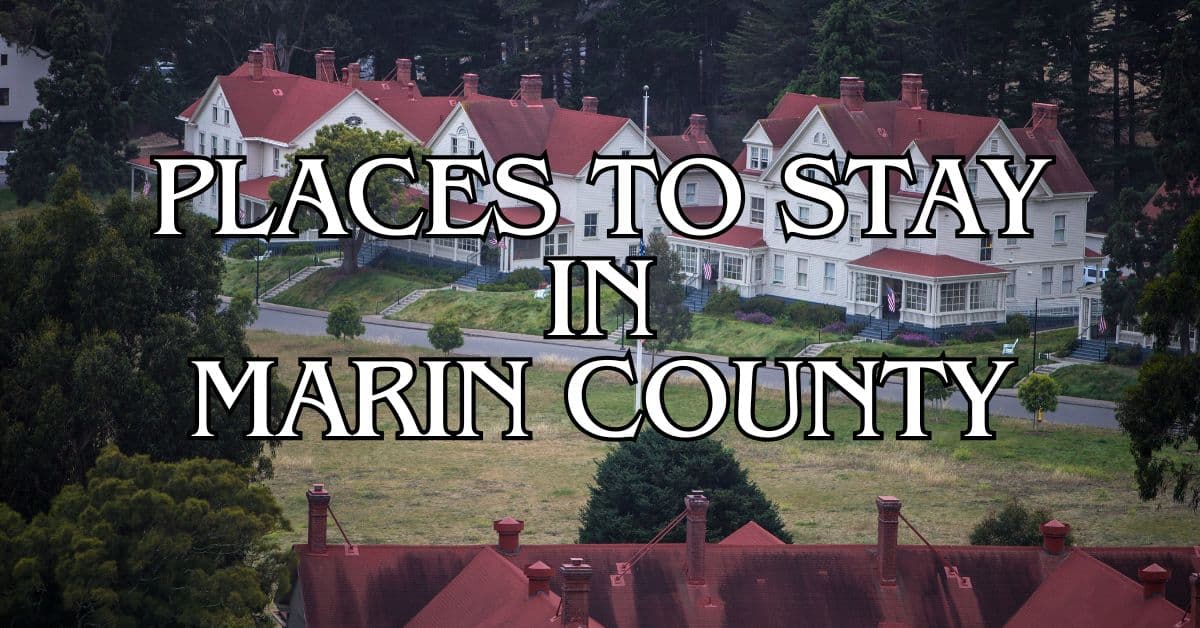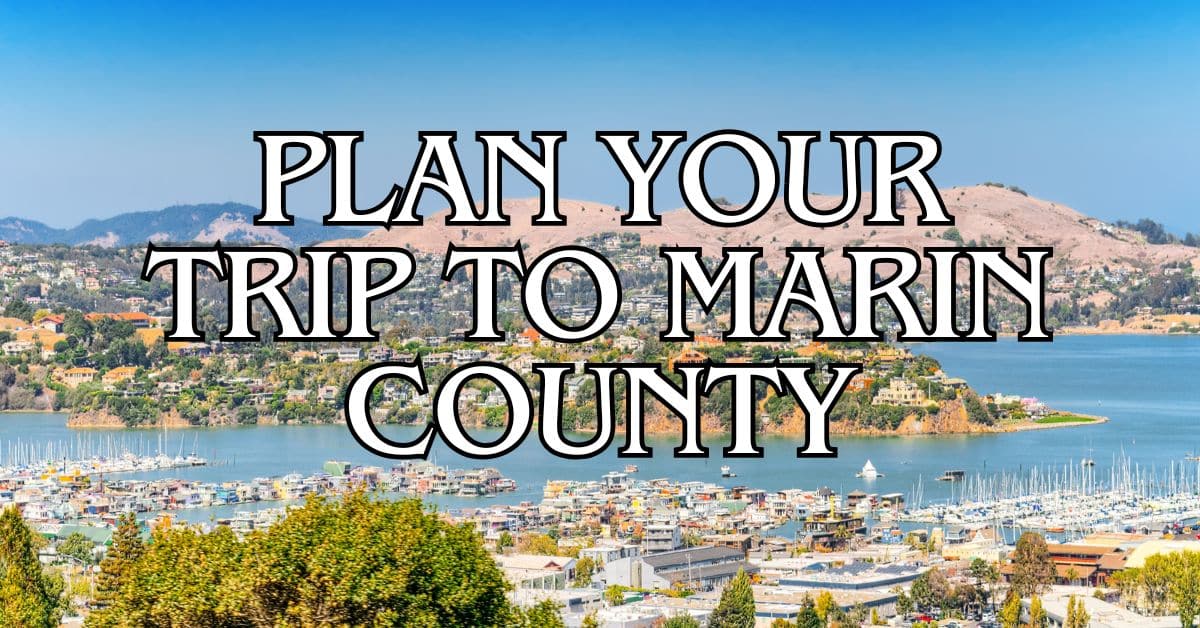Tucked away in Fairfax, California, the Marin Museum of Bicycling is a hidden gem for cycling fans and the simply curious alike. Run by dedicated volunteers, this nonprofit does more than just showcase bikes—it tells the story of how bicycles evolved, using actual historical examples. It’s both a cultural center and the home of the Mountain Bike Hall of Fame, celebrating Marin County’s outsized role as the birthplace of modern mountain biking.
Inside, you’ll find everything from 19th-century “Golden Age” bikes to the scrappy mountain bikes that changed cycling forever. Unlike museums that stick with replicas, here you’ll see original bikes—real innovation, real craftsmanship. And since it’s in Fairfax, you’re smack in the middle of where mountain biking’s early legends once barreled down Mount Tamalpais on their homemade rigs.
Discover hand-picked hotels and vacation homes tailored for every traveler. Skip booking fees and secure your dream stay today with real-time availability!
Browse Accommodations Now
The museum’s value isn’t just about gazing at old bikes. You’ll actually get a sense of how bike tech has changed over the years and why Marin matters in cycling culture worldwide. Whether you pop in for an hour or get lost for an afternoon, the Marin Museum of Bicycling gives you a fascinating look at two-wheeled history that’s shaped the way we move and play.
Overview of Marin Museum of Bicycling
The Marin Museum of Bicycling is a top-notch bicycle history museum and cultural hub in Fairfax, California. Its collection covers nearly 200 years of cycling, with a big focus on mountain biking’s roots.
Mission and Purpose
The museum’s mission? Preserve and share the evolution of bicycles, while highlighting Marin County’s rich cycling culture. As the home of the Mountain Bike Hall of Fame, it tips its hat to the trailblazers who turned cycling into what it is today.
Education and community are central here. Whether you’re a hardcore cyclist or just curious, you’ll discover how bicycle tech got to where it is—thanks to thoughtfully curated exhibits.
Marin County’s role in mountain biking’s birth gets special attention. The museum isn’t just a warehouse of old stuff; it’s a living tribute to local creativity that changed transportation and recreation worldwide.
Location and Directions
You’ll find the Marin Museum of Bicycling in downtown Fairfax, a laid-back Marin County town. The address is 1966 Sir Francis Drake Boulevard, and it’s an easy drive from San Francisco or elsewhere in the Bay Area.
Driving from San Francisco? Expect about 30 minutes via the Golden Gate Bridge and Highway 101. If you’re using public transit, hop on Golden Gate Transit to San Rafael, then catch a local bus to Fairfax.
There’s free parking close by, plus plenty of street parking in downtown Fairfax. Naturally, the area’s bike-friendly—there are racks if you roll up on two wheels.
Fairfax and its hills played a huge part in mountain biking’s early days back in the 1970s. You can almost feel the history in the air.
Visitor Experience
Expect a deep, hands-on dive into cycling history. The museum’s collection features iconic bikes from the 19th century’s “Golden Age” and the groundbreaking mountain bikes built here in Marin.
Interactive exhibits let you tinker with the mechanics and see how bikes shaped culture over time. The staff? Super knowledgeable. They’re happy to share stories and answer your questions—don’t be shy.
Most folks spend 1-2 hours wandering the exhibits, but diehard cyclists might linger longer. Admission’s affordable, with breaks for seniors, students, and kids.
The museum keeps things lively with special events: talks by cycling pioneers, movie nights, and group rides pop up regularly. It’s worth checking their website before you go to see what’s on tap.
Exhibits and Collections
The Marin Museum of Bicycling has an impressive bicycle collection covering over 150 years of cycling history. You’ll wander past everything from wooden bikes of the 1800s to cutting-edge mountain bikes—all in one place.
Permanent Galleries
Several permanent galleries walk you through the evolution of bicycles. You’ll see how bikes went from clunky wood to sleek machines, all thanks to clever engineering.
Find the perfect hotel or vacation rental. Instant booking, no fees!
View Top Stays
One gallery zeroes in on the birth of mountain biking in 1970s Marin. There’s a display of original “klunkers”—those beefed-up beach cruisers that brave souls rode down Mount Tam.
The Mountain Bike Hall of Fame section shines a light on the riders, designers, and advocates who defined the sport. Photos, medals, and personal stories make their achievements feel real.
Each gallery has info panels that put the bikes and artifacts into context, so you’re not left guessing what’s what.
Vintage and Historic Bicycles
The vintage collection is a trip through cycling’s golden age. You’ll spot beautifully preserved bikes from the 1860s all the way to the 1950s.
Standouts include:
- 1860s wooden-framed velocipedes
- High-wheelers from the 1880s
- Early “safety” bikes with solid rubber tires
- Classic Schwinns from the 1940s and 50s
Some of these bikes are so rare, you won’t see them anywhere else on the West Coast. The collection really shows how inventions like pneumatic tires and chain drives made bikes better by leaps and bounds.
The museum rotates special exhibits now and then, so even repeat visitors find something new to geek out over.
The Igler Collection
The Igler Collection is the crown jewel of the museum’s historic bikes. Ralph Igler donated over 40 rare bikes from the 1860s to the 1890s, and they’re a real treat.
What makes it special?
- Most bikes are original, with period-correct parts
- Includes rare European racing bikes
- Early women’s bicycles that nudged social change
- Detailed backstories for each bike
Guides love sharing the stories behind these bikes. For instance, you’ll hear how women’s cycling pushed fashion and social rules in the Victorian era.
Honestly, it’s one of the best collections of 19th-century bikes in North America—no exaggeration.
Penny-Farthing and Unique Bikes
The Penny-Farthing section is a crowd-pleaser, showing off those wild high-wheelers from the 1870s and 80s. Their giant front wheels make them instantly recognizable—and a little intimidating.
On display:
- Several original Penny-Farthings, all sizes
- Racing models with even bigger wheels
- Training bikes for learning the tricky ride
- Era-appropriate safety gear (they weren’t exactly safe!)
The unique bikes corner highlights oddball designs that never caught on. Think early folding bikes, military cycles, and weird propulsion systems.
If you’re lucky, you might catch a special event where visitors can try a modern Penny-Farthing (with plenty of padding, of course). The gift shop even sells mini Penny-Farthing models—hard to resist, honestly.
Mountain Bike Hall of Fame and Cycling Legends
The Mountain Bike Hall of Fame pays tribute to the folks who turned Marin County into the epicenter of a global sport. It’s not just about the tech—it’s about the personalities and stories that made mountain biking what it is.
Origins of Mountain Biking
Back in the 1970s, a bunch of cycling diehards started bombing down Mount Tamalpais on old Schwinn cruisers. Joe Breeze, Gary Fisher, and Charlie Kelly—just to name a few—tinkered with their bikes, adding better brakes and gears to survive the rough trails.
Things escalated quickly. These pioneers began building custom frames for off-road riding. Joe Breeze made the first purpose-built mountain bike in 1977, while Gary Fisher helped bring mountain biking to the masses through races and business ventures.
Luxury stays to cozy cottages await, all with instant booking. Find the best deals!
Browse Marin Stays
Marin’s landscape was the perfect testing ground—fire roads, gnarly trails, and steep drops. It’s no wonder mountain biking took off here.
Notable Inductees
The Hall of Fame honors the movers and shakers of mountain biking. Some key names:
Founders:
- Joe Breeze – Built the first modern mountain bike frame
- Gary Fisher – Helped bring mountain bikes to a wider audience
- Charlie Kelly – Organized early races and chronicled the scene
- Tom Ritchey – Framebuilder who pushed bike tech forward
Trailblazing Women:
- Jacquie Phelan – Three-time national champ, founder of WOMBATS
- Juli Furtado – Dominated women’s racing in the early ‘90s
The Hall also spotlights international legends like Hans Rey and Ned Overend. Each inductee gets a display with personal gear, vintage bikes, and stories that show what they brought to the sport.
Key Historical Moments
The first real mountain bike race, the Repack Downhill, went down on Pine Mountain near Fairfax in 1976. Riders bombed a steep fire road and had to “repack” their coaster brakes after each run because they’d overheat. Wild times.
Mountain biking hit the mainstream when commercial bikes started showing up in the early ‘80s. Specialized launched the Stumpjumper in 1981, and suddenly, anyone could get in on the action.
The sport made it to the Olympics in 1996 at the Atlanta Games, cementing its place on the world stage and kicking off pro racing circuits everywhere.
The museum brings these milestones to life with race flyers, old bikes, and video clips that really capture the energy of mountain biking’s rise from local oddity to global phenomenon.
Larkspur Canyon Gang and Early Innovators
The Larkspur Canyon Gang—just a bunch of teens in the late ‘60s and early ‘70s—started modding bikes for off-road adventures in Baltimore Canyon, Larkspur. They were some of the first to really experiment with off-road cycling.
Guys like Alan Bonds and Larry Cragg swapped in motorcycle brake levers and custom parts to make their bikes tougher. Their tinkering inspired the next wave of Marin riders who would turn mountain biking into a real thing.
The museum has a handful of restored bikes from this era, showing off the creativity and mechanical know-how that set the stage for what came next.
It’s pretty cool to see the leap from modified Schwinns to purpose-built frames right there in the museum. The Canyon Gang’s mix of fun and ingenuity kind of sums up why mountain biking flourished here in Marin.
Community Engagement and Educational Initiatives
The Marin Museum of Bicycling reaches out to locals and visitors with programs that share bicycle history and promote cycling culture. It’s an educational resource and a hangout spot for bike lovers of all ages.
Events and Programs
The museum puts on a lively mix of events all year, aiming to spark curiosity about bicycle history and culture. Maybe you’ll catch a lecture on how bikes have changed over time, or tag along on a tour that zeroes in on the wild days of 19th-century cycling.
Cory’s Ride stands out among the museum’s educational efforts. It’s aimed at Marin’s under-resourced communities, trying to highlight how cycling can boost health and offer more freedom of movement. This program really opens the door for folks who might not have had easy access to bicycle education before.
Special exhibitions come and go, each one shaking up the usual routine with new takes on cycling’s history, tech, or cultural impact. Family days are a hit too—kids get to roll up their sleeves, mess around with bike mechanics, and pick up some safety tips in a hands-on, relaxed setting.
Volunteer and Board Participation
If you want to get involved, the museum’s volunteer program is pretty welcoming. You might find yourself greeting visitors, pitching in at events, or working behind the scenes with the collections. It’s not all glamorous, but it’s definitely rewarding.
A dedicated board keeps the museum on track, steering its operations and long-term vision. These folks bring all kinds of skills—from museum management to deep bicycle lore and community outreach. In 2023, the board made a big move by bringing Aaron Allen on as the museum’s first Executive Director. That was a pretty notable moment for the place.
Honestly, it’s the volunteers and board members who keep the museum’s community presence alive. Their teamwork gives the museum its energy and heart, helping it stay relevant in Fairfax and all across Marin County.
Blog and Online Resources
The museum’s website runs a lively blog with posts on bicycle history, cycling culture, and current exhibitions. There are articles that dig into the details of historic bikes, plus stories about the people who’ve shaped cycling over the years.
You can take virtual tours of some exhibits right from your couch, thanks to their digital resources. Want to look up a particular bike or artifact? The online collection database is open for research, no need to be there in person.
Follow their social media for event news and the occasional peek behind the curtain at daily museum life. There are also downloadable materials for teachers and anyone curious about the nuts and bolts of bicycle history and technology.
Find available hotels and vacation homes instantly. No fees, best rates guaranteed!
Check Availability Now


